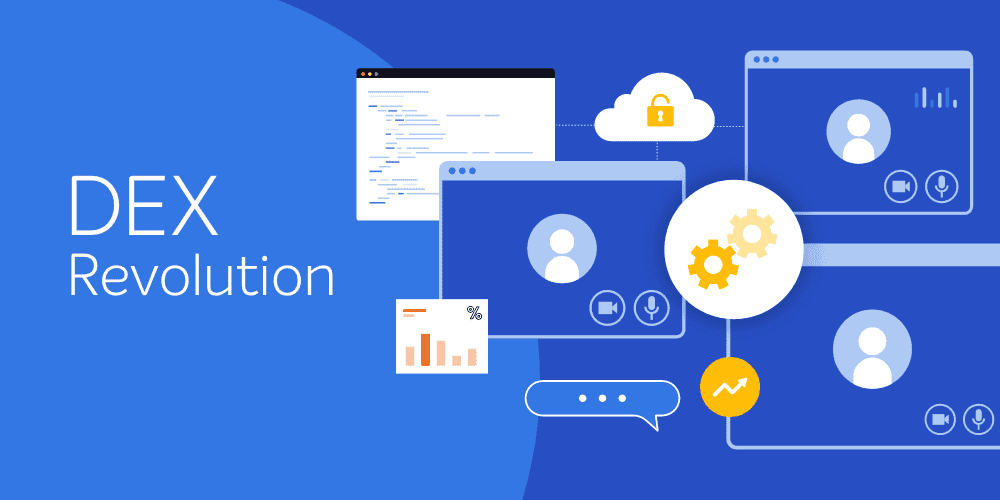We've spoken previously about the workplace evolution from office-based to hybrid and remote models. In the post-pandemic world, around 91% of companies with a workforce that can work from home currently offer some form of hybrid working. And this is no surprise. From significant cost savings of up to 40% from reduced real estate footprints to improved employee performance (a recent survey shows an increase in high-performers from 36% to 55%), the benefits of hybrid working are numerous.
However, with the benefits also come new challenges for IT teams — especially when it comes to maintaining productivity levels among dispersed workforces. With hybrid employees, monitoring and remediating devices to ensure an optimal digital employee experience (DEX) requires a new approach.
Let's explore this in more detail, drawing upon real-world customer experiences.
Visibility
The most notable challenge many organizations face when it comes to maintaining productivity is visibility and access to devices. Hybrid workers rely on devices and digital tools to get work done and stay connected. So, it's vital that IT can keep devices running smoothly, eliminate digital friction, and keep employees productive. However, with dispersed teams and limited visibility into devices, IT may find it challenging to monitor, maintain, and remediate effectively.
This is something 1E customer, Carollo Engineers experienced when the pandemic-induced shift to work-from-home took effect. The main challenge they faced was the loss of visibility from SCCM and the lack of external access to employees' laptops if not using the VPN.
"We knew we needed to implement and utilize [a solution] as quickly as possible in order to increase our remote insight into the configuration and performance of our external endpoints," explained David Sixsmith, Systems Administrator, Carollo Engineers.
With close to 1,200 employees and only 250 VPN licenses, the Carollo Engineers team had to find a solution for their visibility and access issues. By using 1E Endpoint Troubleshooting, the team have visibility into and can establish communication with every device in their estate, even those outside their firewall. As such, Carollo Engineers can find and remediate configuration issues proactively, make system changes, and have improved control over endpoints. This ultimately means that employees remain productive wherever they're based, as IT teams can resolve issues quickly and—in some cases—even before they impact users.
License sharing
Hybrid working also produces challenges for IT regarding license sharing. Employee productivity is impacted when they are unable to access a particular program or tool. If the resource uses a pool of expensive shared cloud licenses and employees accidentally leave the program open, others can't use it. This is frustrating for employees facing increased license denials and for IT who receive numerous support tickets.
So, how can organizations experiencing this tackle the drain on productivity, resources, and cost? Carollo Engineers use instructions within the 1E Platform to configure an automation that shuts down programs each evening. This process helps them save on unnecessary license purchases and time spent troubleshooting, researching, and remediating issues. Hybrid workers can remain productive and IT teams can work more proactively and efficiently.
Want to learn more about how Carollo Engineers maintain employee productivity in a hybrid environment? Check out the full case study here.




